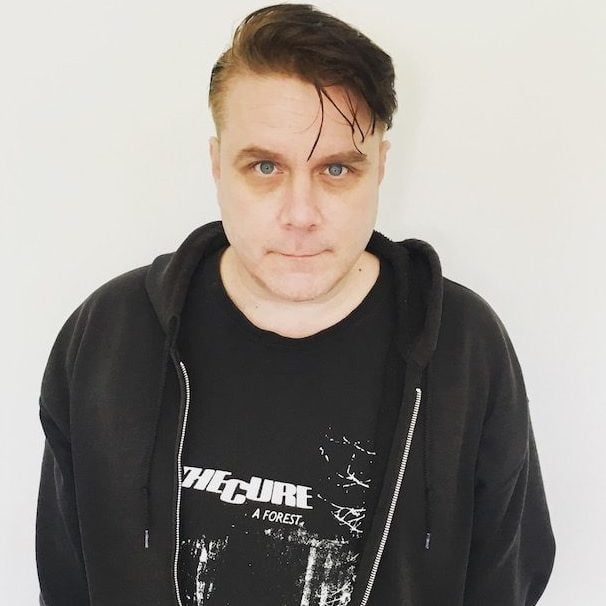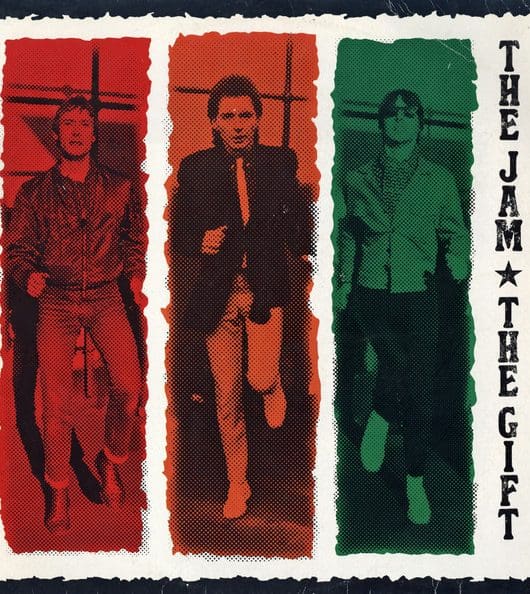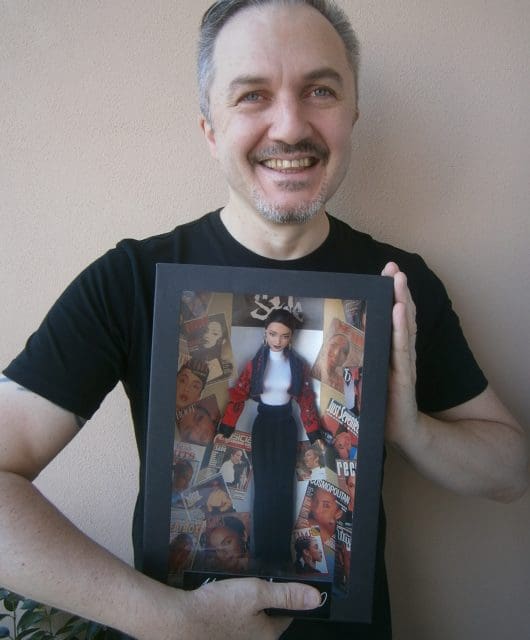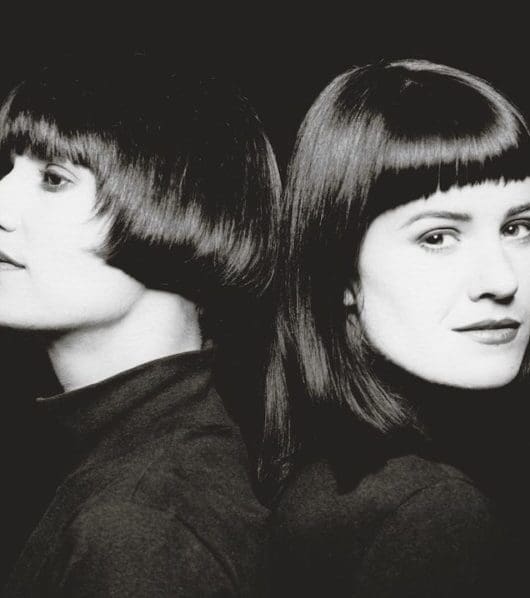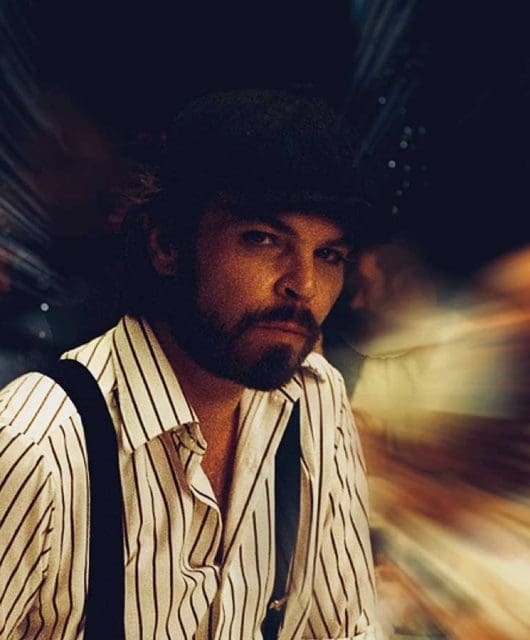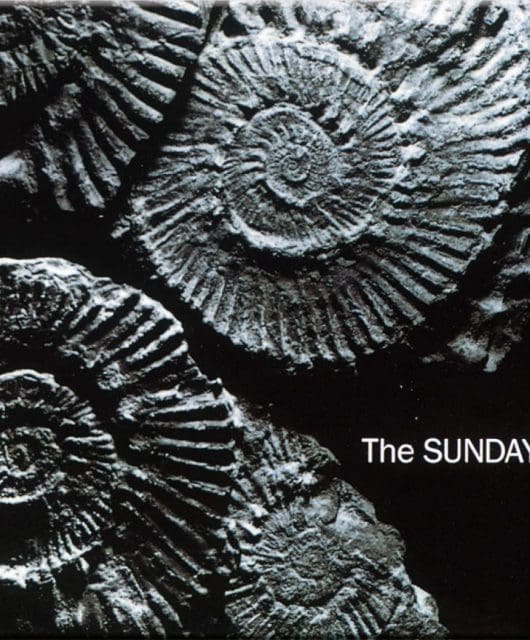Words & Pictures: Duran Duran dip into the archives
By Dan Biggane | July 17, 2024
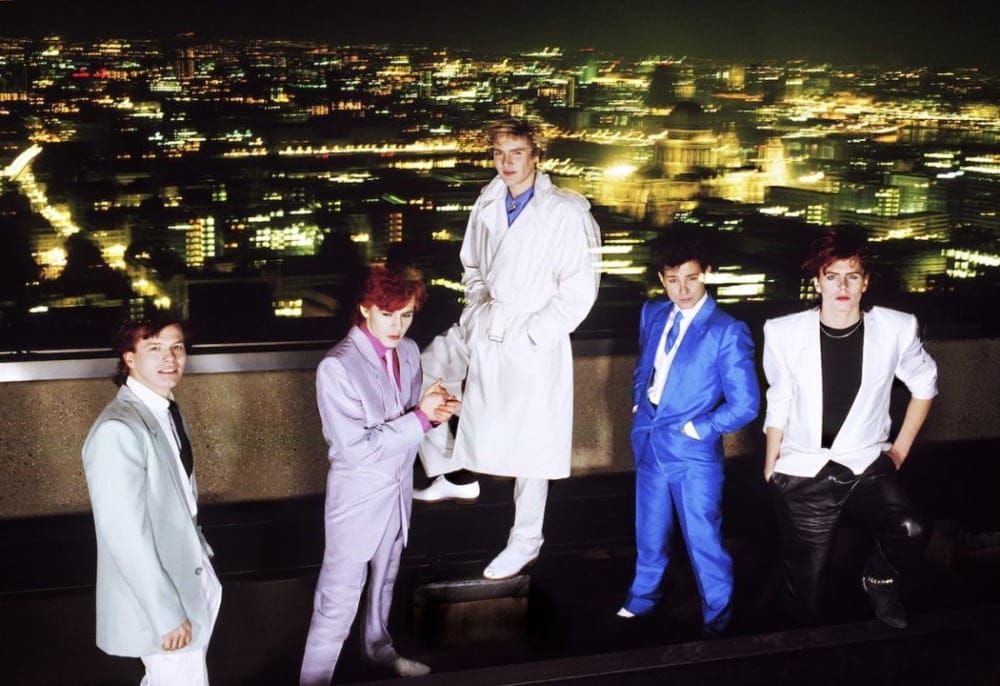
Words & Pictures: Duran Duran
Duran Duran’s celebrated first five albums defined the sound and style of an era and continue to soundtrack the lives of millions of fans around the world.
Long out of print, 1981’s Duran Duran, 1982’s Rio, 1983’s Seven And The Ragged Tiger, 1986’s Notorious, and 1988’s Big Thing, will be reissued in the original 1LP and 1CD format via Warner Music on 19 July.
To coincide with the reissue series, the band dip into the archives to share with Classic Pop iconic photographs and chronicled quotes – taken from varying points in their career – to offer fans an intimate insight into one of the most influential groups of all time.
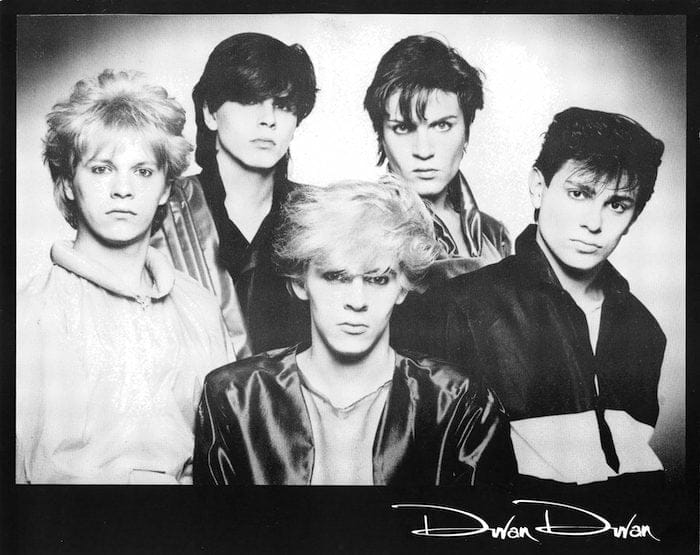
Hailing from Birmingham, John Taylor and Nick Rhodes formed Duran Duran in 1978. Reflecting in 1993, Nick said: “When John and I formed Duran Duran we were very ambitious, very optimistic and very naive. And out of that came this total belief that the thing was going to work… We had a very clear vision of where we wanted Duran Duran to go. It actually took two years to realise that vision – after Simon [Le Bon] joined the band, and the other two Taylors [Roger and Andy] we had collected along the way were on board.”
“There was a common feeling, a feeling of being part of something new and this being our time – the chance for us to go straight out there and have hits and to grab people by their throats and say ‘we’re here, we have arrived’,” added Simon.
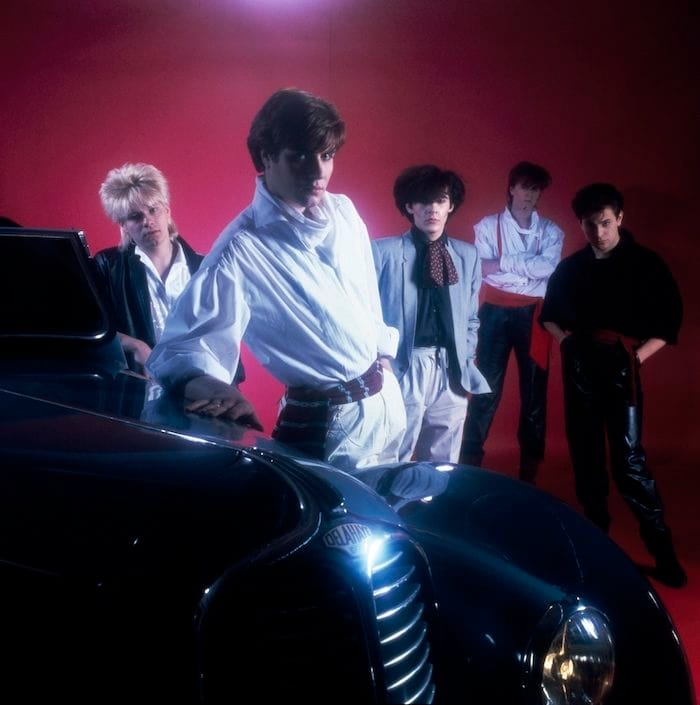
Daring Debut
Originally released in 1981, their self-titled debut’s era-defining boldness completely solidified the signature sound of Duran Duran, while simultaneously soundtracking turn of the decade angst, and introducing a new British pop order. The first single, Planet Earth, had reached the UK’s Top 20 at No.12 in February. While follow-up, Careless Memories, released in April, stalled at No.37, the third single, Girls On Film, was released in July and went to No.5 in the UK and took a fledgling MTV by storm in the United States.
“It was the dawning of the video age,” recalled Nick in 1993. “It was a time of a lot of excitement because it was coming towards the end of a decade again. I think that always changes people’s perceptions and we had a very clear vision of where we wanted Duran Duran to go.”
“When we began making videos the whole idea to me seemed ridiculous,” said John. “I mean I got into this game because I wanted to make records and I wanted to play to people, and when I was told I had to make these little films, these mini dramas, I thought ‘this is ridiculous, I don’t want to do this’.”
“We went to Sri Lanka to shoot three videos,” offered Simon. “Then we took a flight to Australia, because we were starting a tour there. And then after that, we went to America, and finally we came back to England. This was maybe six, seven months after we’d left. And suddenly, while we were away the videos had been in heavy rotation, we were stars and it was getting off that airplane that really brought it home. We didn’t think about it while we were on the road working.”
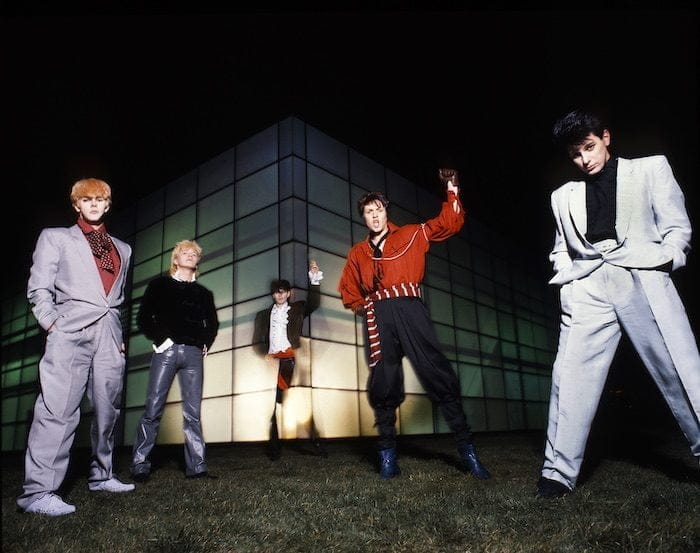
Her name is Rio…
In May 1982, Duran Duran released their second album, Rio, which entered the UK Albums Chart at No.4 and peaked at No.2 the following week.
Nick, speaking in 1998, said: “When we made the Rio album, we were all terrified of the success of the first album and we thought ‘how on earth are we going to top that?’. We knew at this stage that we had things like Save A Prayer and Hungry Like The Wolf, but we just didn’t know how the public was going to accept them.”
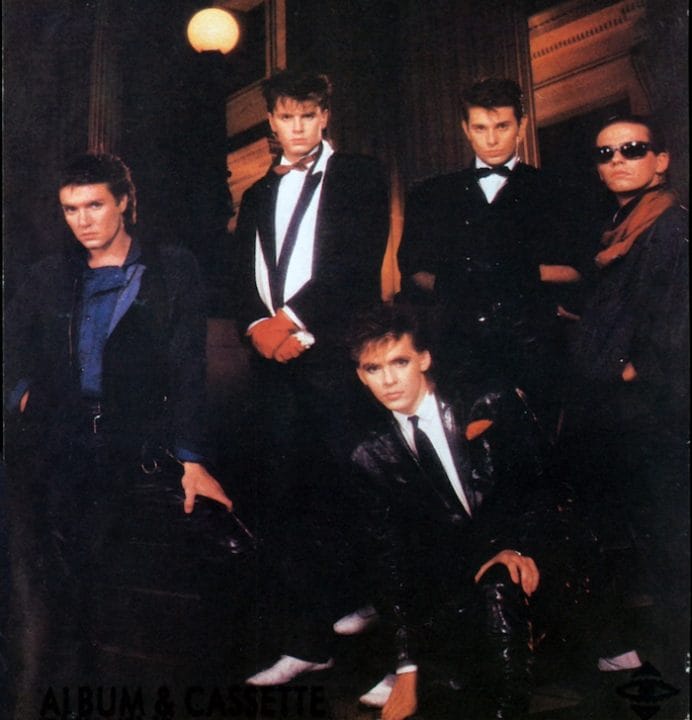
The public were more than accepting and 1983’s Seven And The Ragged Tiger was Duran Duran’s first UK No.1 album. Recorded between studios in France, Australia and the Caribbean, it yielded three singles: Union Of The Snake, New Moon On Monday and a remix of The Reflex by Nile Rodgers, a UK and US No.1. It also paved the way for the Sing Blue Silver Tour, their biggest live outing yet.
Speaking in 1993, John said: “We toured Seven And The Ragged Tiger quite extensively and the success of The Reflex put the band into arenas.
Nick added: “The anxiety involved in the situation we were in had tripled by then because we had the unexpected hysteria of the fans. And this was the biggest shock to all of us.”
Five years later, in 1998, Simon remembered: “We were in danger of becoming a factory, a real money-making machine, instead of a band with some heart and some soul. And so we just did what everybody said we shouldn’t do, and we went off and did two separate projects.”
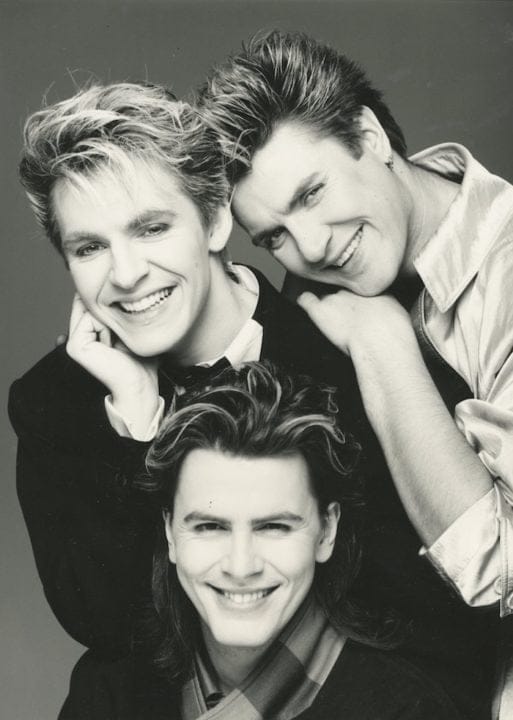
The Wild Boys
After releasing three studio albums, each accompanied by heavy media promotion and lengthy concert tours, the band lost two of its core members: Roger and Andy Taylor.
After their success working with Nile Rodgers to re-imagine The Reflex, and produce The Wild Boys in the same year, Duran Duran turned to him to produce their next LP, Notorious. The band’s first outing as a three piece: Le Bon, Rhodes and John Taylor.
Together they created a definitive Duran Duran album that captured the experimental spirit at the core of the band.
“We wanted to make a fun record really,” Nick said in 1993. “After Andy’s departure, we started getting messages and notes from a guitarist called Warren Cuccurullo. So when we made the Notorious album, Warren arrived and he’s been with us ever since, since 1986.”
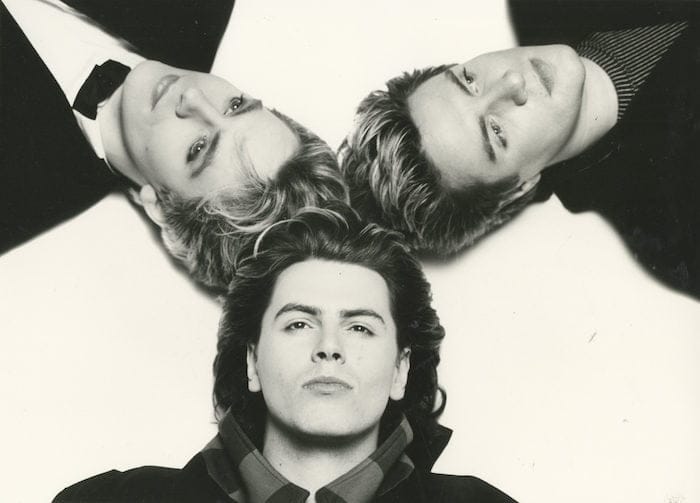
Under Pressure
Warren offered: “I think they were under a lot of pressure and I think that by having me in the group, to fill the guitarist void, and to fill it the way that I envisioned it should be done.”
“The scary thing about Notorious was that it was the first album we’d put out that people didn’t immediately rush out to buy,” John realised. “Up until that point we’d been putting out records and we’d been playing on bigger stages, and it was going the way that it should. And that record came out and all of a sudden it was like it was a turn-around and after having toured it we were sat looking at one another and saying ‘wow what happens now?’”
“I think from 1986, it was a different Duran Duran,” conceded Nick. “We had a different attitude towards recording and a different attitude towards life in general. When we made the Notorious album, we knew it was a one-off sound for us, but then afterwards we wanted to go further out there with Big Thing. It was a bit more electronic and a lot more experimental.”
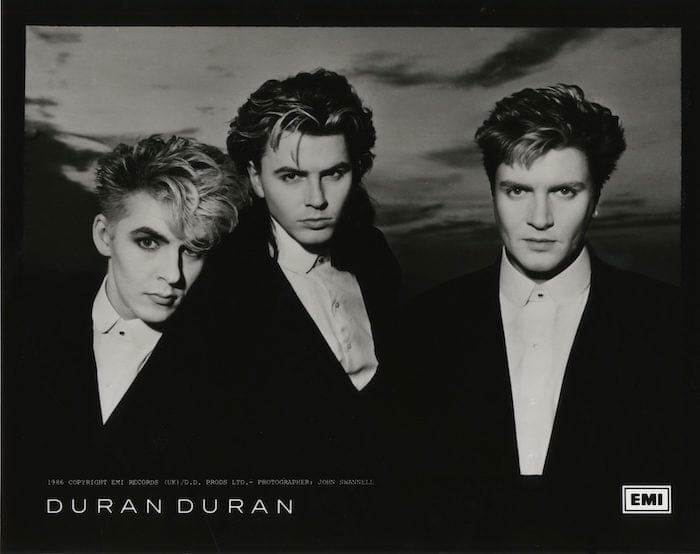
Next Big Thing
Never a group to sit still creatively, Duran Duran expanded to a nine-piece complete with horn section and backing singers for the accompanying tour to the Big Thing album, presenting Duran Duran’s most exploratory work to date at that time.
“With this album, we decided that we wouldn’t put any boundaries on ourselves,” Nick said in 1998. “If we wanted to use a synthesised bass as opposed to a live bass; then we’d do that. If we wanted to use all live instruments with no synthesiser, then we’d do that on another song. We didn’t feel that inhibiting ourselves by various formats would make the album any better; and exploring in different areas would make the album a lot better.”
“With this album we weren’t searching for credibility,” reflected Simon. “We just wanted to make something that we could be proud of. That was our first concern.”
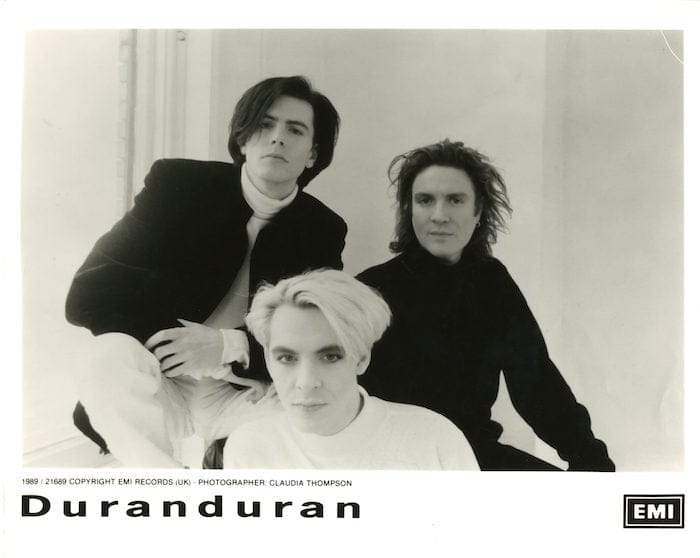
In 1988, John said: “You know you just want to try and blow people’s minds, you want to surprise people. It’s becoming a determination now and it’s a determination that’s equalling the determination that I had when I first started and I know that was enough to get us somewhere. You’ve gotta have it, you’ve got to have a drive because there are too many people out there doing it, you know?”
Duran Duran will reissue these iconic albums via Warner Music from 19 July. To pre-order click here
For more check out our 40 of the best Duran Duran songs – year by year
